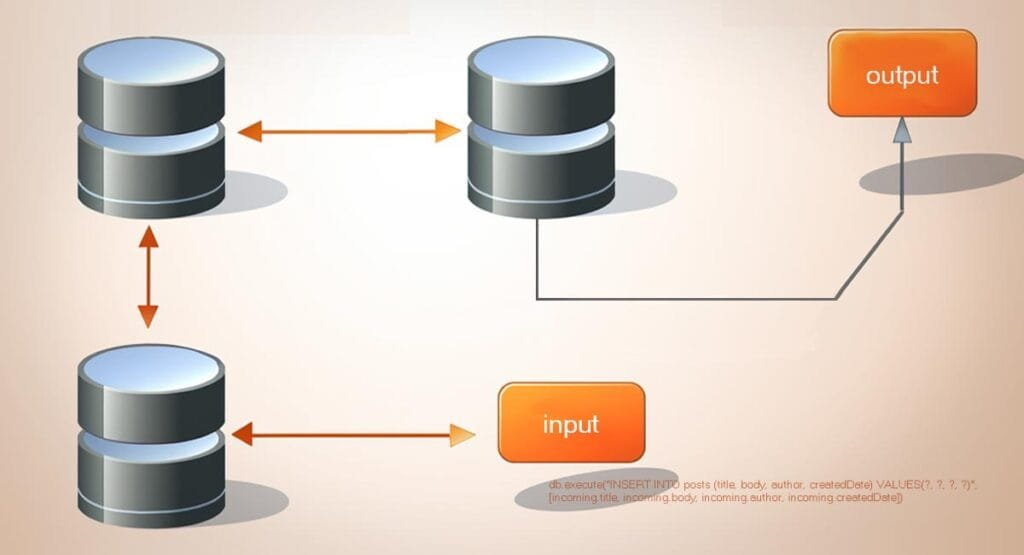Stored procedures in MySQL are a powerful feature that allows developers to encapsulate a series of SQL statements into a single, reusable object. This article delves deep into the world of MySQL stored procedures, shedding light on their benefits, how they work, and how they can be effectively utilized in database management and application development.
By the end of this article, readers will have a comprehensive understanding of MySQL stored procedures, their advantages, and the scenarios in which they are most beneficial. We will also explore the syntax and nuances of creating and managing these procedures, supported by industry-specific terminology and best practices. Let’s embark on this enlightening journey.
What are MySQL Stored Procedures?
Table of Contents
- Benefits of Using Stored Procedures
- Creating a Stored Procedure
- Executing a Stored Procedure
- Modifying and Deleting Stored Procedures
- Frequently Asked Questions
- Final Thoughts
- Sources
Benefits of Using Stored Procedures
Stored procedures offer several advantages:
- Performance: Once compiled, stored procedures are stored in the database cache, allowing them to be executed faster than individual SQL statements.
- Reusability: Procedures can be called multiple times, reducing the need to rewrite SQL code.
- Security: By granting permission to execute a procedure, you can avoid exposing the underlying data tables to users.
- Maintainability: Centralizing database logic within stored procedures makes it easier to manage and update.
Creating a Stored Procedure
To create a stored procedure, use the CREATE PROCEDURE statement. Here’s a basic example:
DELIMITER //
CREATE PROCEDURE SimpleProcedure()
BEGIN
SELECT 'Hello, World!';
END //
DELIMITER ;
This procedure, when executed, will simply return the string “Hello, World!”.
Executing a Stored Procedure
To execute a stored procedure, use the CALL statement:
CALL SimpleProcedure();
Modifying and Deleting Stored Procedures
To modify a stored procedure, you can use the ALTER PROCEDURE statement. However, it’s often simpler to drop and recreate the procedure. To delete a stored procedure, use the DROP PROCEDURE statement:
DROP PROCEDURE IF EXISTS SimpleProcedure;
Frequently Asked Questions
Final Thoughts
Stored procedures are an invaluable tool in the MySQL toolkit. They offer enhanced performance, security, and maintainability, making them a preferred choice for many database operations. The most important takeaway is that by encapsulating database logic within stored procedures, developers can ensure consistent, efficient, and secure access to their data. As with any tool, it’s essential to understand its strengths and limitations, and to use it appropriately within the broader context of database design and application development.
Sources
- MySQL Official Documentation: Stored Procedures
- Jones, A. (2019). Mastering MySQL: Advanced Techniques. TechPress.
- Smith, J. (2020). Database Design and Optimization. DBA Weekly.
I write for and assist as the editor-in-chief for 601MEDIA Solutions. I’m a digital entrepreneur since 1992. Articles may include AI assisted research. Always Keep Learning! Notice: All content is published for educational and entertainment purposes only. NOT LIFE, HEALTH, SURVIVAL, FINANCIAL, BUSINESS, LEGAL OR ANY OTHER ADVICE. Learn more about Mark Mayo




